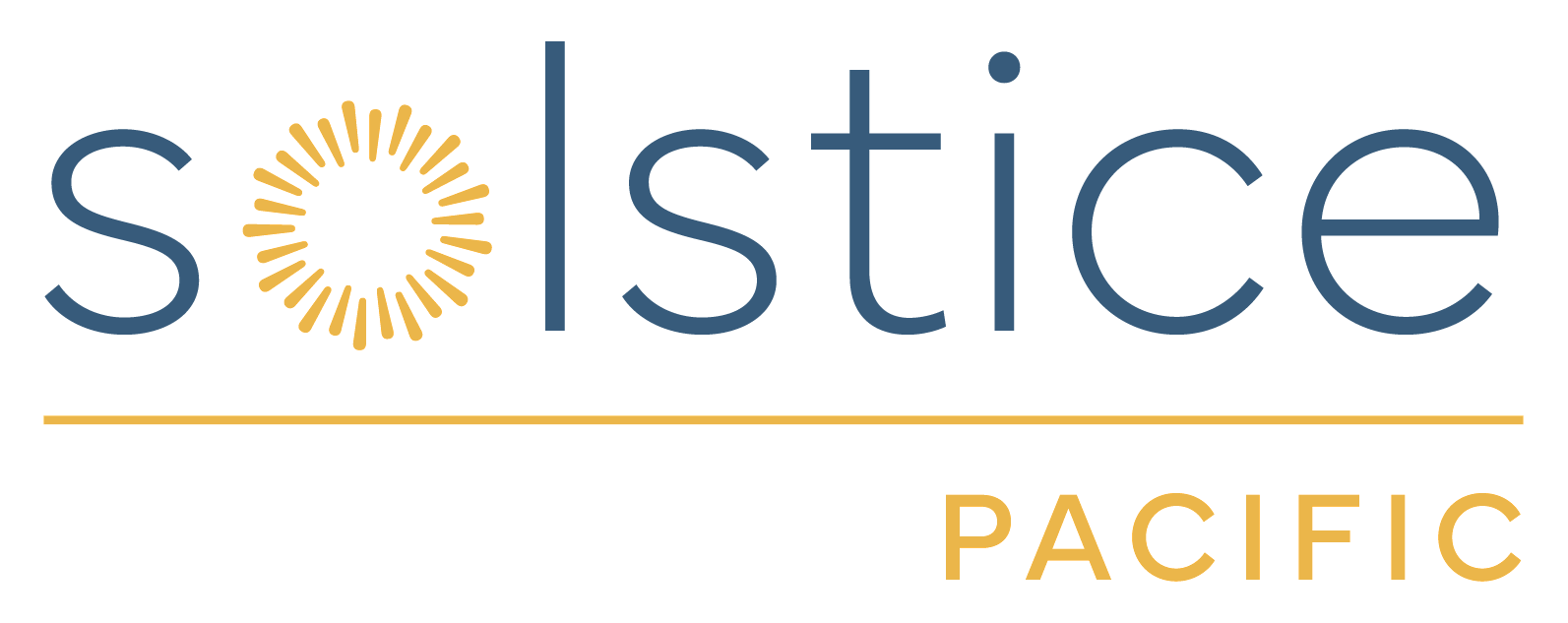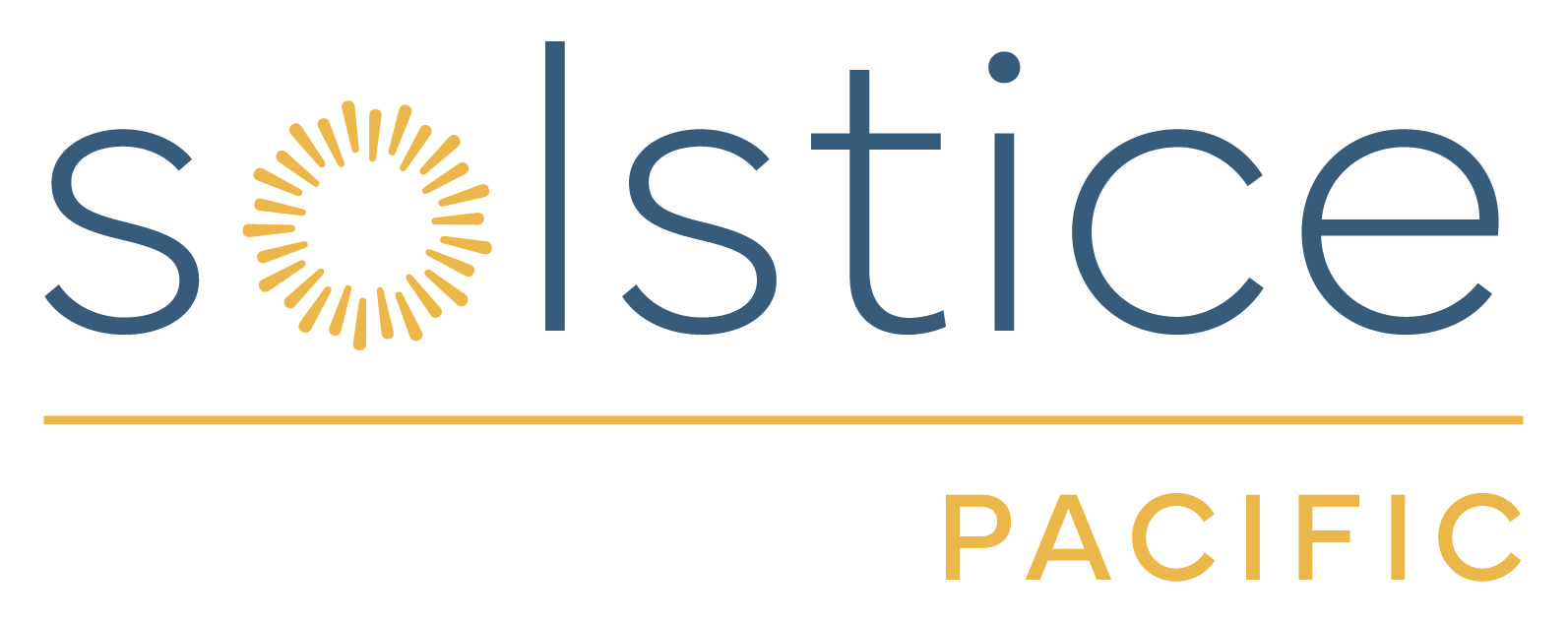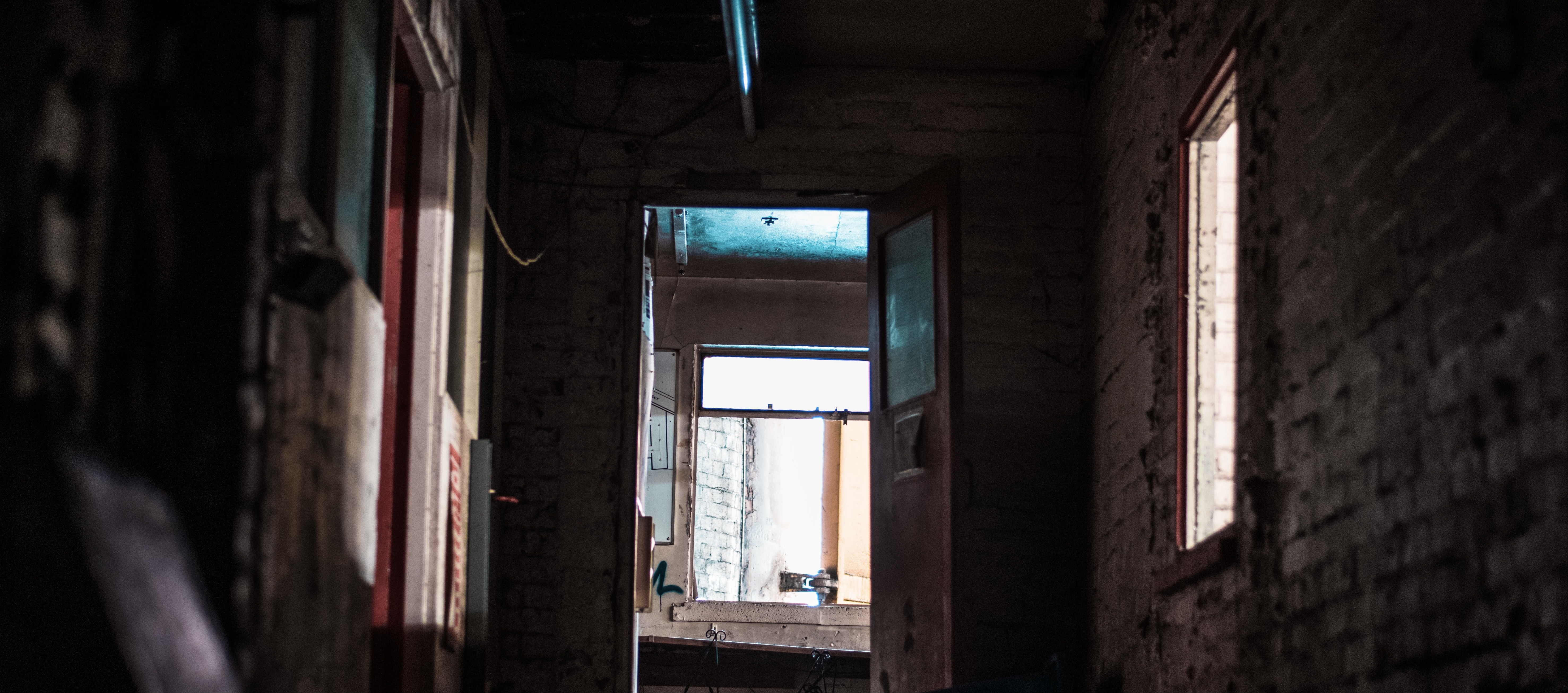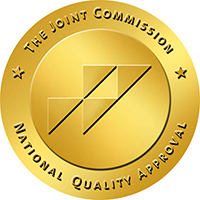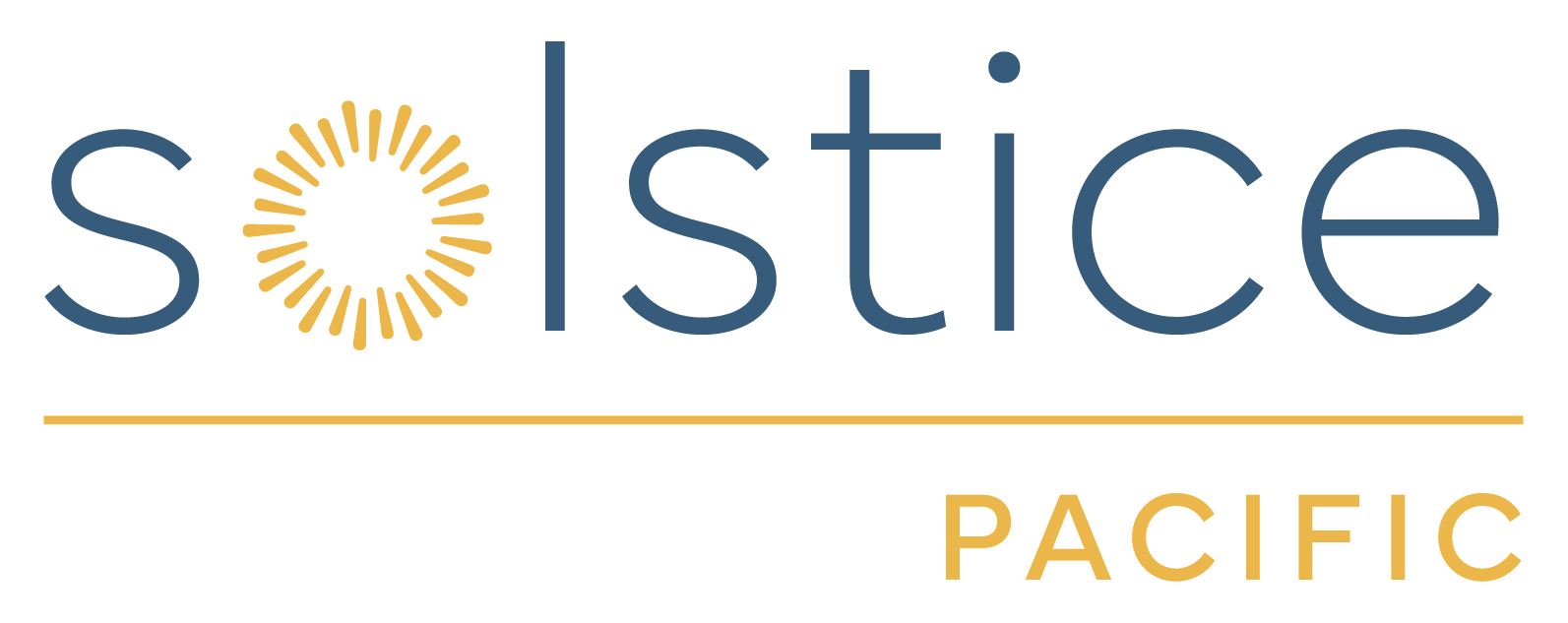According to the United Nations Office on Drugs and Crime (UNODC):
- Human trafficking is a $30 billion-a-year sector that is second only to illegal drug trafficking (2018).
- Human trafficking is one of the fastest expanding unlawful industries on a worldwide scale, with revenues approaching 32 billion dollars and about 21 million victims (5.5 million of whom are minors).
- Sexual exploitation is the most widespread type of human trafficking (79 percent). Women and girls are disproportionately the victims of sexual exploitation. Surprisingly, women make up the majority of traffickers in 30% of the nations that gave statistics on their gender.
- Sex trafficking is illegal in more than 155 countries.
What is human trafficking?
Human trafficking is the modern-day counterpart of slavery in its most basic form. People, particularly women, youth, and immigrants, are compelled to work for little or no compensation and are denied basic liberties. These "trafficked" individuals are frequently transported far from their families and placed completely under the authority of another individual or organization. Although some of the job they are compelled to do is manual labor, the majority of it includes sexual exploitation, such as prostitution. Illegal substances are one of the ways that traffickers entice and control their victims.
Prostitution is considered sex trafficking, but victims are not given the option of having someone pay for sex, so they can receive any amount of money, as we might see in movies or on television. Instead, if the victims do not comply with their sexual responsibilities, they are subjected to constant mental and physical threats. Victims are isolated, sold into financial bondage, and shackled to their traffickers' sexual and physical torture. Victims are either persuaded into the nation or kidnapped with the goal of sex trafficking in other countries where security is lacking.
What are the indicators of human trafficking?
The first step in identifying victims of human trafficking is understanding key indicators - that can save a life.
Here are some frequent indications that can aid in the detection of human trafficking:
- Is the individual far from his or her family, friends, community groups, or places of worship?
- Has the child stopped going to school?
- Has the person's conduct changed suddenly or dramatically?
- Is a minor doing commercial sex acts?
- Is the individual bewildered or confused, or is he or she exhibiting indications of mental or physical abuse?
- Are there bruises on the individual that are in various stages of healing?
- Is the individual afraid, timid, or submissive?
- Is there evidence that the victim has been refused food, drink, sleep, or medical attention?
- Is the individual frequently in the company of someone he or she defers to? Or someone who appears to have command of the circumstance, such as where they go or who they speak with?
- Is it obvious that the individual has been given advice on what to say?
- Is the individual living in inappropriate circumstances?
- Is the person lacking in personal belongings and does not appear to be in a secure living situation?
- Is the person able to move about freely? Is it possible for the person to leave their home at any time? Are there any security measures that are excessive?
What is the connection between drugs and human trafficking?
The criminal justice system in the United States recognizes the intricate link between addiction and both labor and sex trafficking. Addiction can increase a person's vulnerability to being trafficked, can be initiated and manipulated as a means of coercion and control, and can be used by the victim/survivor as a means of coping with the physical and psychological traumas of being trafficked both during captivity and after exiting the trafficking situation, as proven by successfully prosecuted cases.
Human traffickers target those with drug use disorders, making them particularly vulnerable to trauma and exploitation. Some people are recruited directly from detox and addiction treatment centers. Substance use disorder, like the consequences of traumatic stress on the brain, includes biochemical changes in the brain and adds an extra layer of danger, particularly for survivors of post-traumatic stress disorder. Despite the fact that addiction is now recognized as a medical problem rather than a moral flaw, the stigma attached to both the ailment and the patient endures, and the unfavorable perception of the chemically dependent person as morally flawed and lacking in willpower persists. When healthcare practitioners, law enforcement officials, prosecutors, and other professionals view just the signs of drug use disorder and reject red flags, societal stigma might impede them from detecting victims of human trafficking. Furthermore, societal and self-stigma may hinder a person from getting treatment.
Sex and Drugs
Illegal drug trafficking and human trafficking are frequently seen together. Diversification is a common strategy used by transnational drug traffickers and criminal organizations to maximize earnings and market domination - this include employing drug, labor, sex, and violence trafficking pathways. For these ruthless criminals, transporting individuals (typically women and children) for sex is just another heinous source of wealth.
It doesn't matter to traffickers which commodity they're selling — both drugs and sex are profitable industries – as long as money is produced. Drug cartels frequently employ trafficked women and children to bring narcotics across the border, tripling their profits.
Abusing a woman's body by forcing her to swallow bags of pills or forcing her to have sex with hundreds of men makes no difference to violent criminals like these.
Sex trafficking is placed right in front of our eyes in the United States. Unwittingly, children and even adults are lured into sex trafficking organizations. Traffickers often lavish costly presents on their victims and make them feel "special" in a way that no one else has. Once trust has been established, victims will be made to feel guilty that their extravagant gifts have bankrupted the trafficker, and they will be asked to do this "one-time sex act" in order to make up. "One time" will become a vicious cycle from which the victims will be impossible to escape. Drugs become ingrained in the victims' daily lives in order for them to better obey commands or cope with the humiliation they experience as a result of what they are forced to perform regularly.
In a different scenario, sex trafficking may occur when a person owes money for drugs. To secure their safety and avoid having to die for their drug prize, the individual who owes money will pay off their obligation through prostitution. Drug cartels who have lost access to portions of their regions or had their drugs stolen have attempted to compensate for their financial losses by turning to sex trafficking.
Help for Human Trafficking Victims with Substance Abuse
A person who has been controlled by others may be afraid of both freedom and drug withdrawal. As a result of forced activities and chemical dependency, it is not unusual to have depression, anxiety, and post-traumatic stress disorder - good news is that aid is on the way.
Although resolving these concerns might be tough, a thorough substance abuse treatment program can help you overcome your addiction and recover your life via compassionate care and customized therapies. Solstice Pacific is here to help you. Please contact us right away to talk with one of our admissions consultants. Alternatively, you may fill out this quick assessment and verify your insurance to begin your recovery journey with us.
Human trafficking is an inhuman, heinous crime that must be stopped to alleviate the abuse that the victims are faced with.
At Solstice Pacific, we treat the family to limit chances that these matters go unseen. If you or a loved one are suffering from an untreated mental illness, including addiction or alcoholism, please do not fight this alone. There is help:
- 24-Hour Hotline: 1-888-373-7888
- SMS Text Line: 233733 (BEFREE)
- National Human Trafficking Resource Center
- Human Trafficking Overview & News
- Indicators of Human Trafficking
- Text us: 949.200.7929
References:
- Atak, I., & Simeon, J. C. (2014). Human Trafficking. Journal of International Criminal Justice, 12(5), 1019-1038.
- https://minds.wisconsin.edu/bitstream/handle/1793/80014/Bartsch,%20Robert.pdf?isAllowed=y&sequence=1
